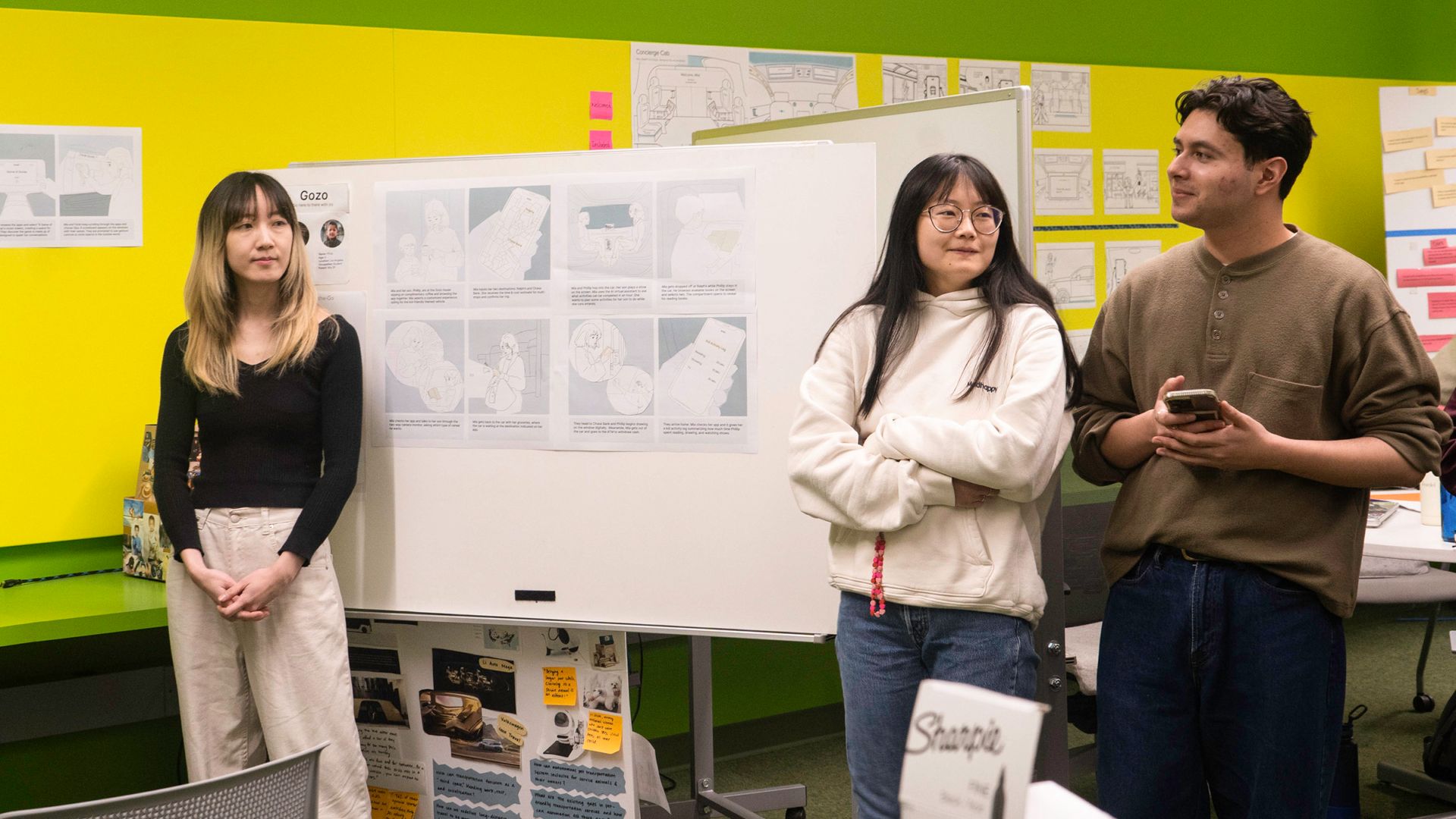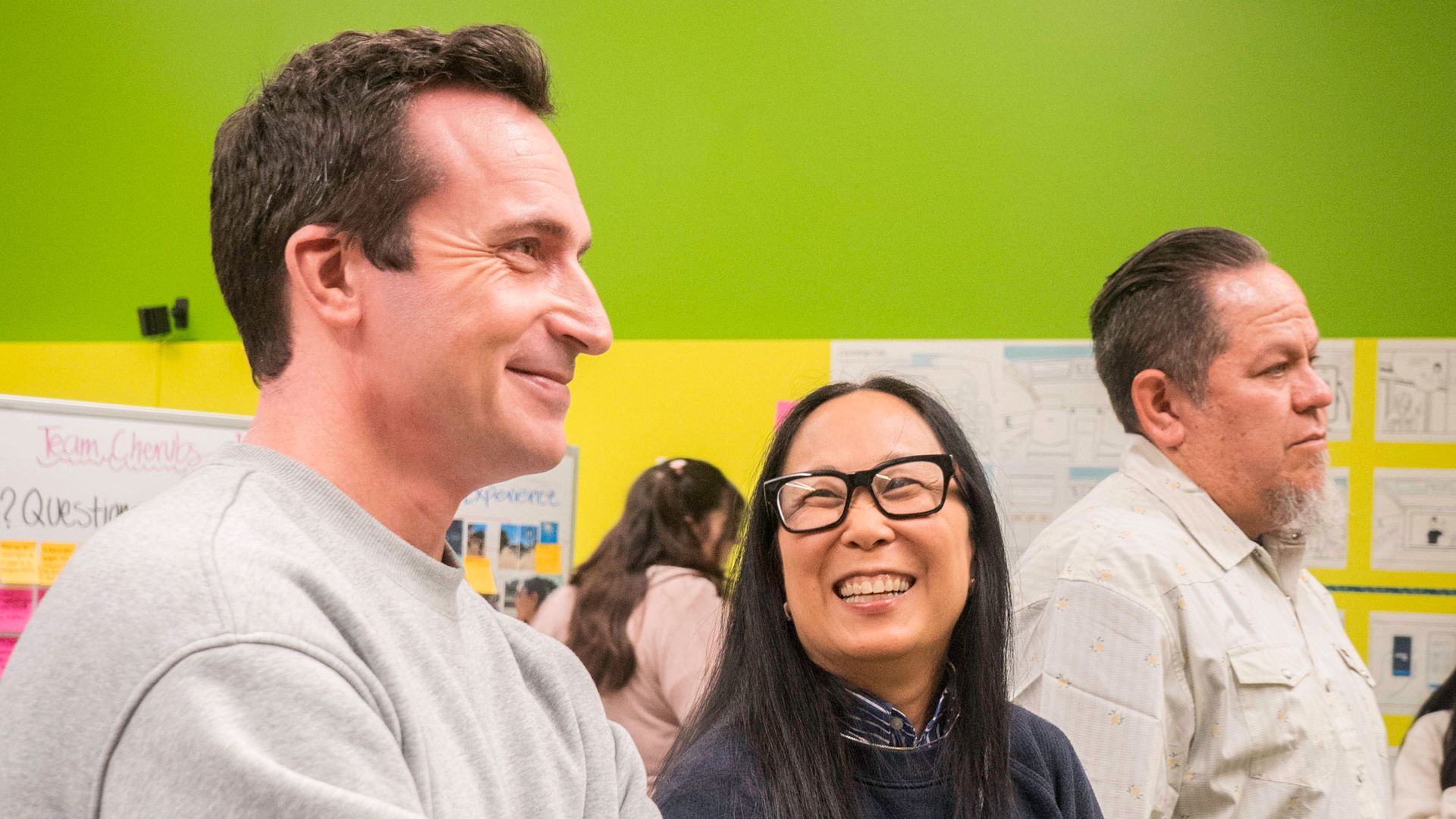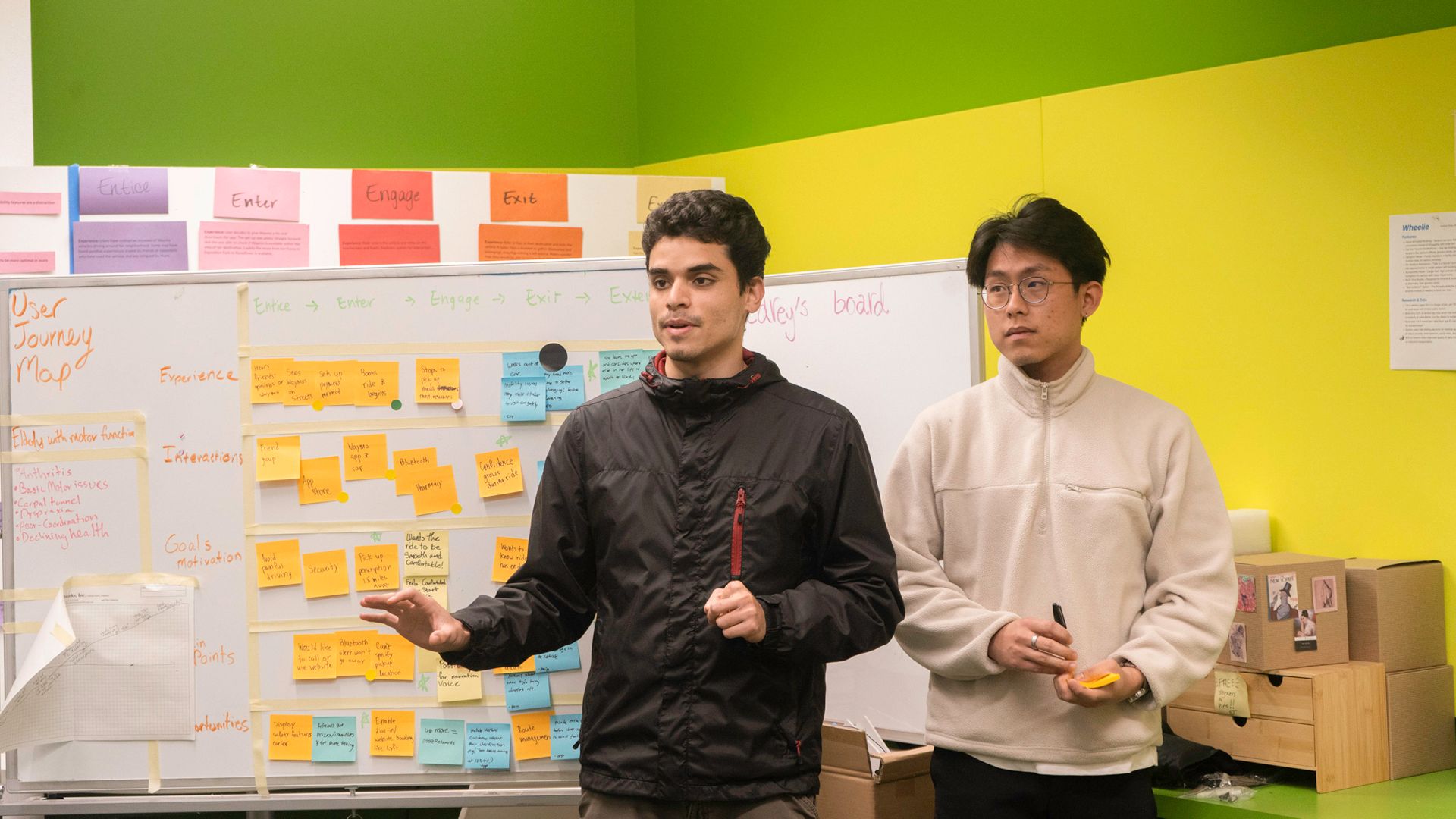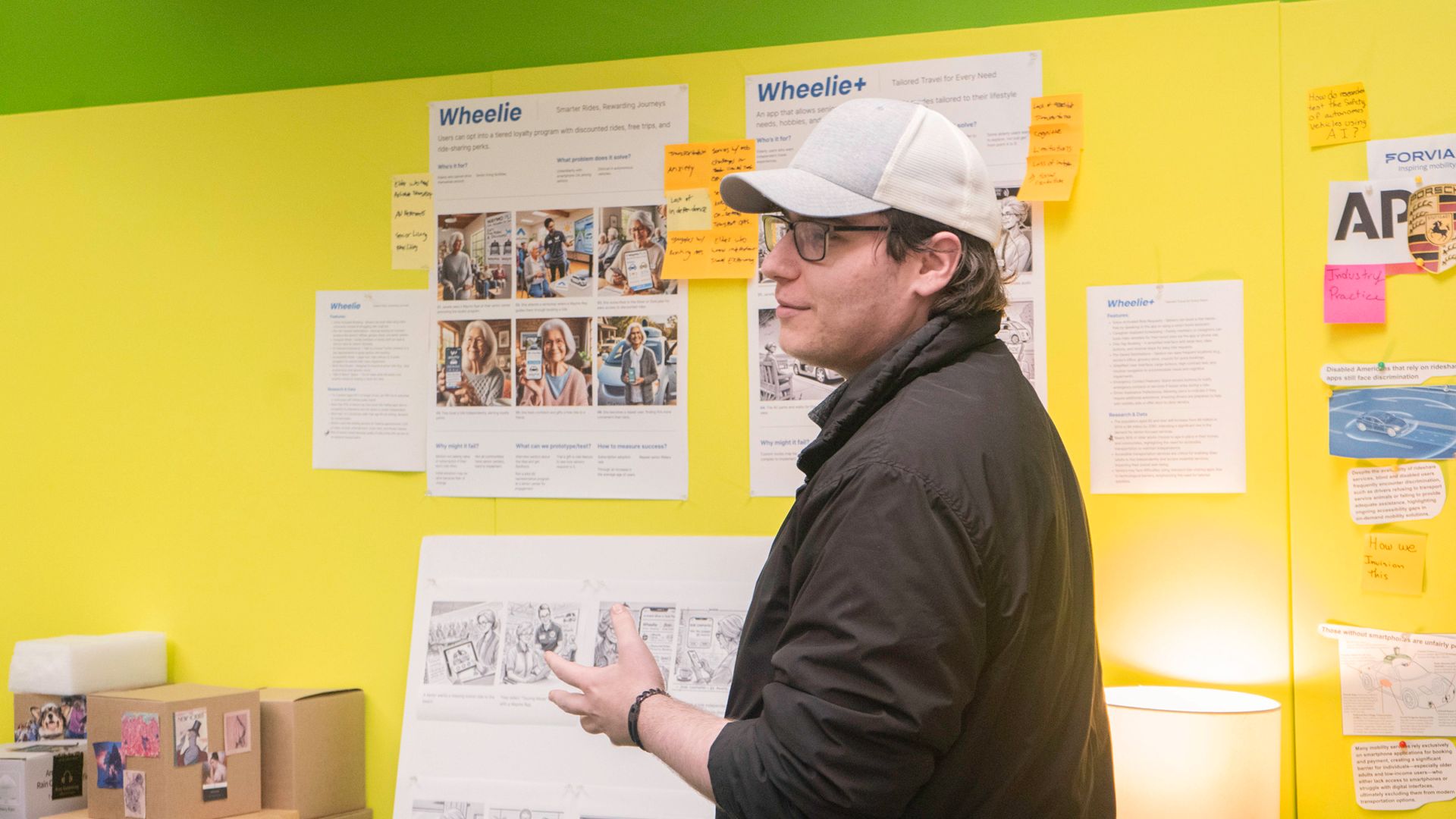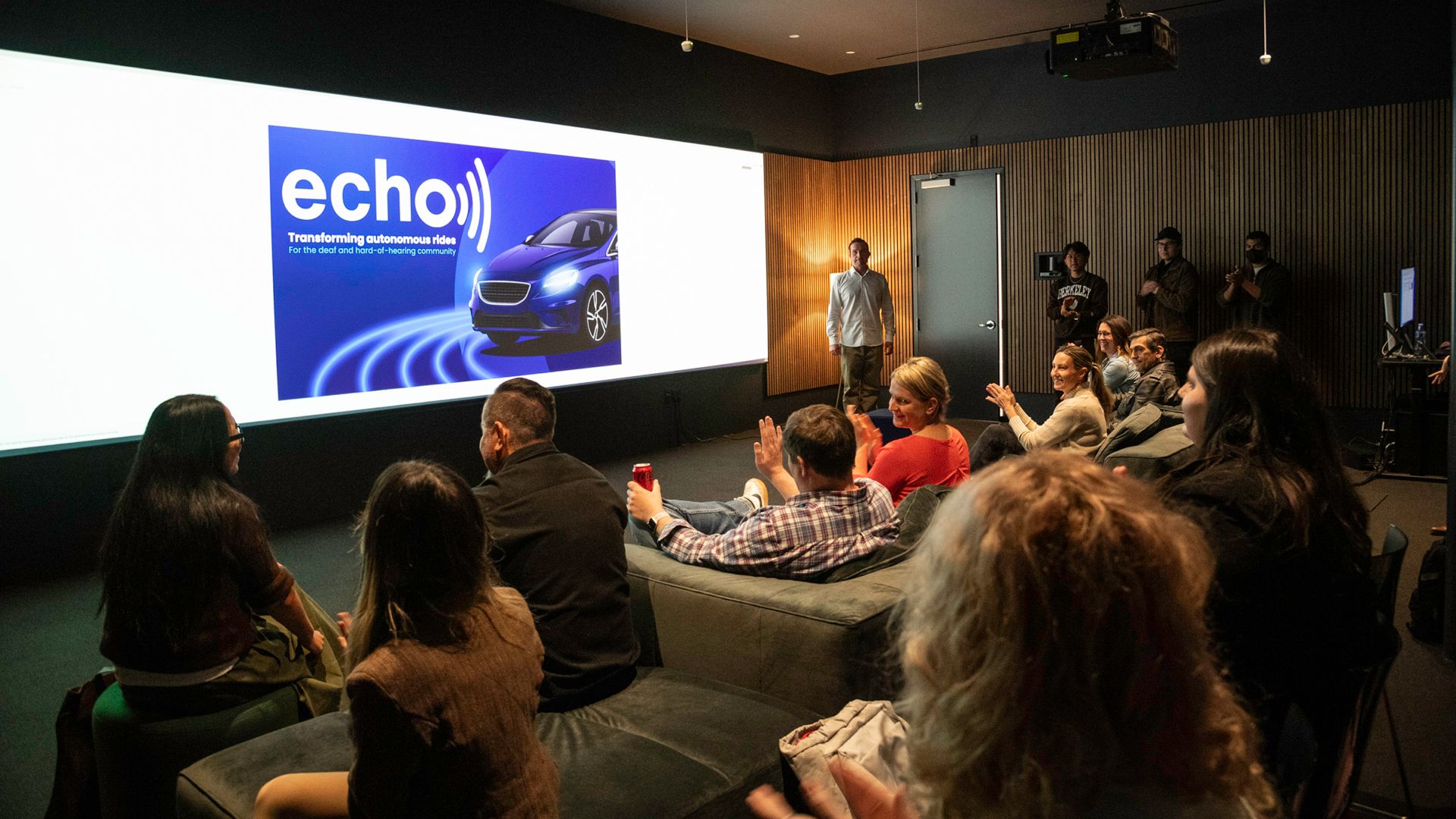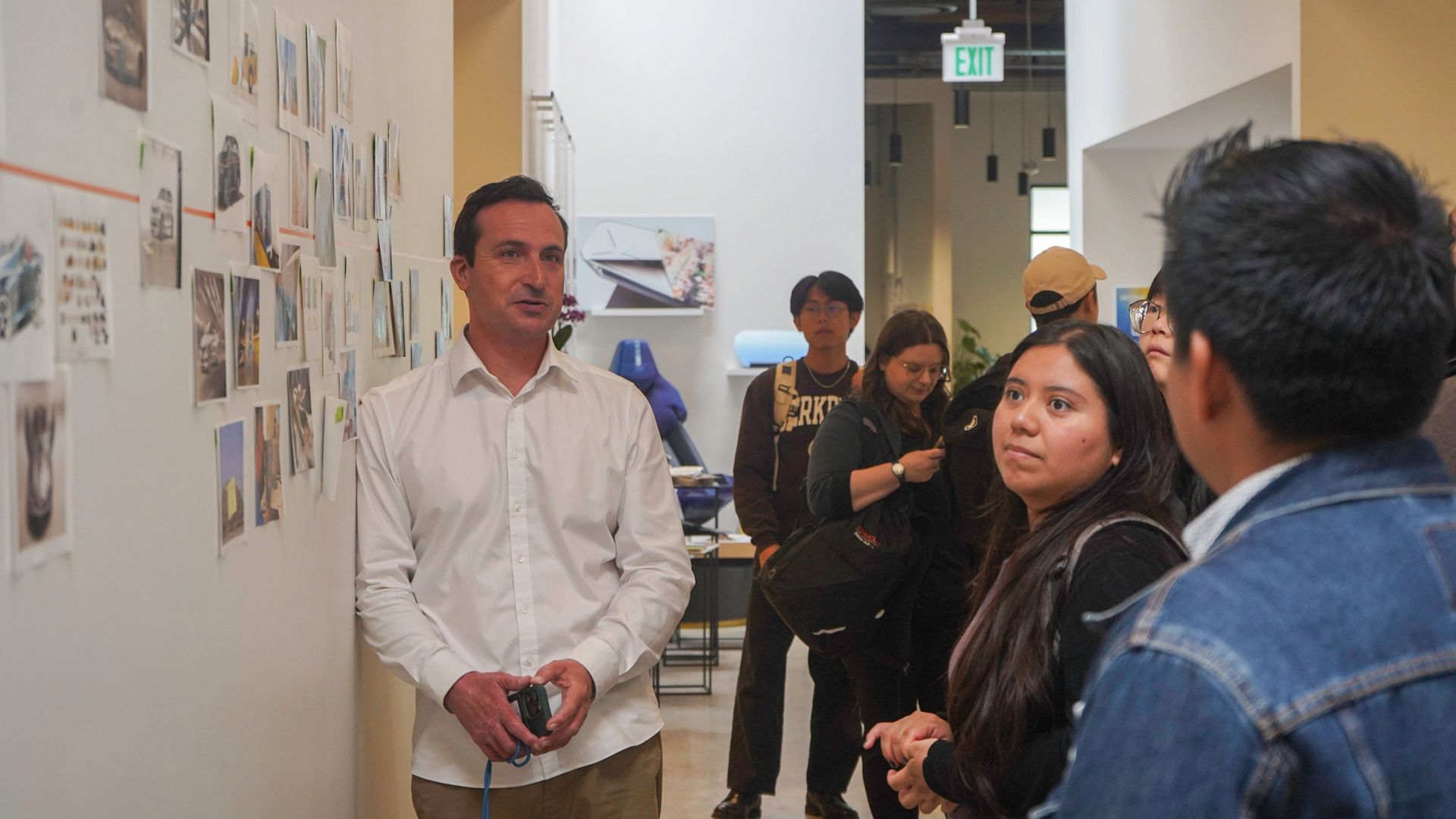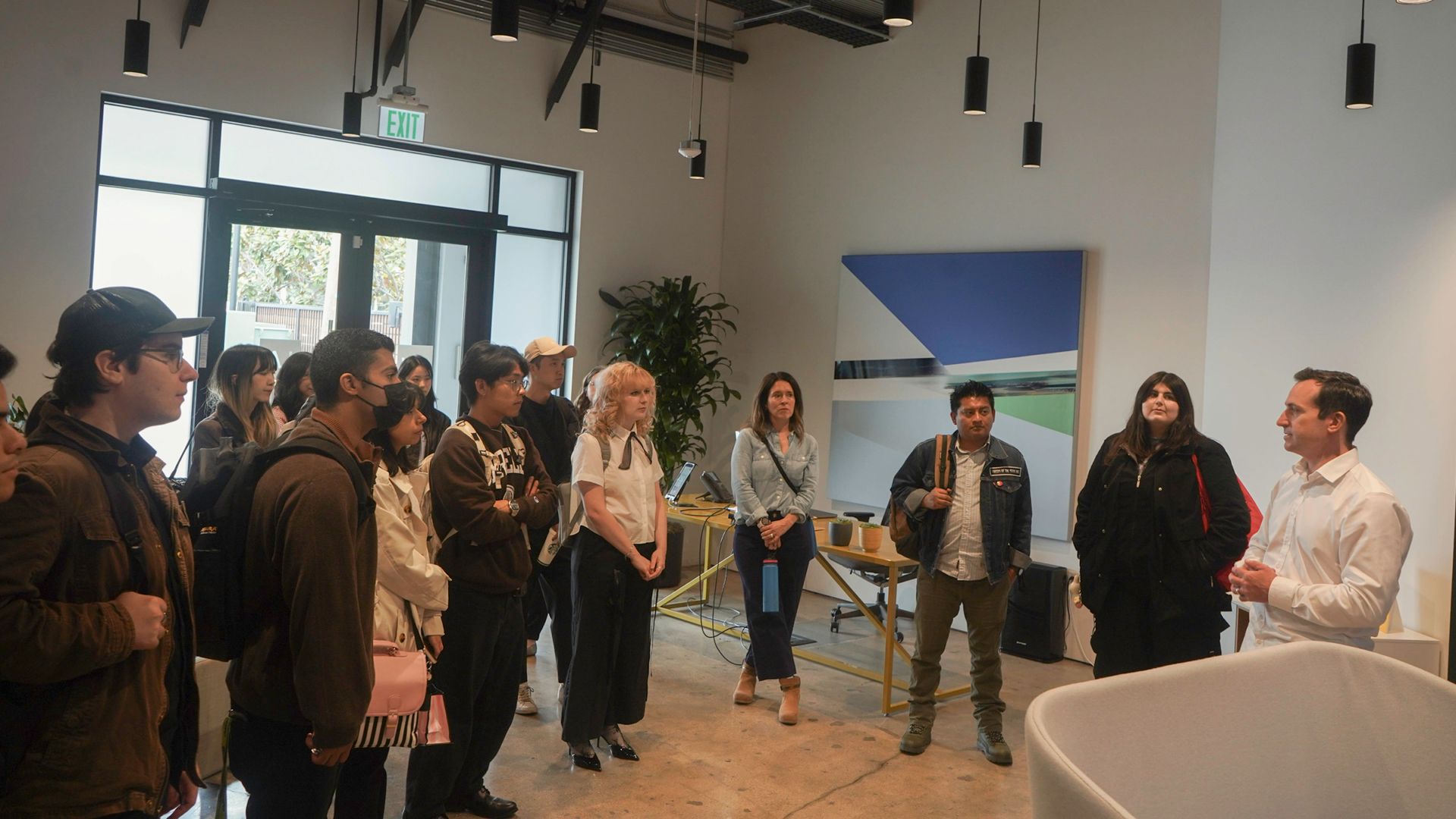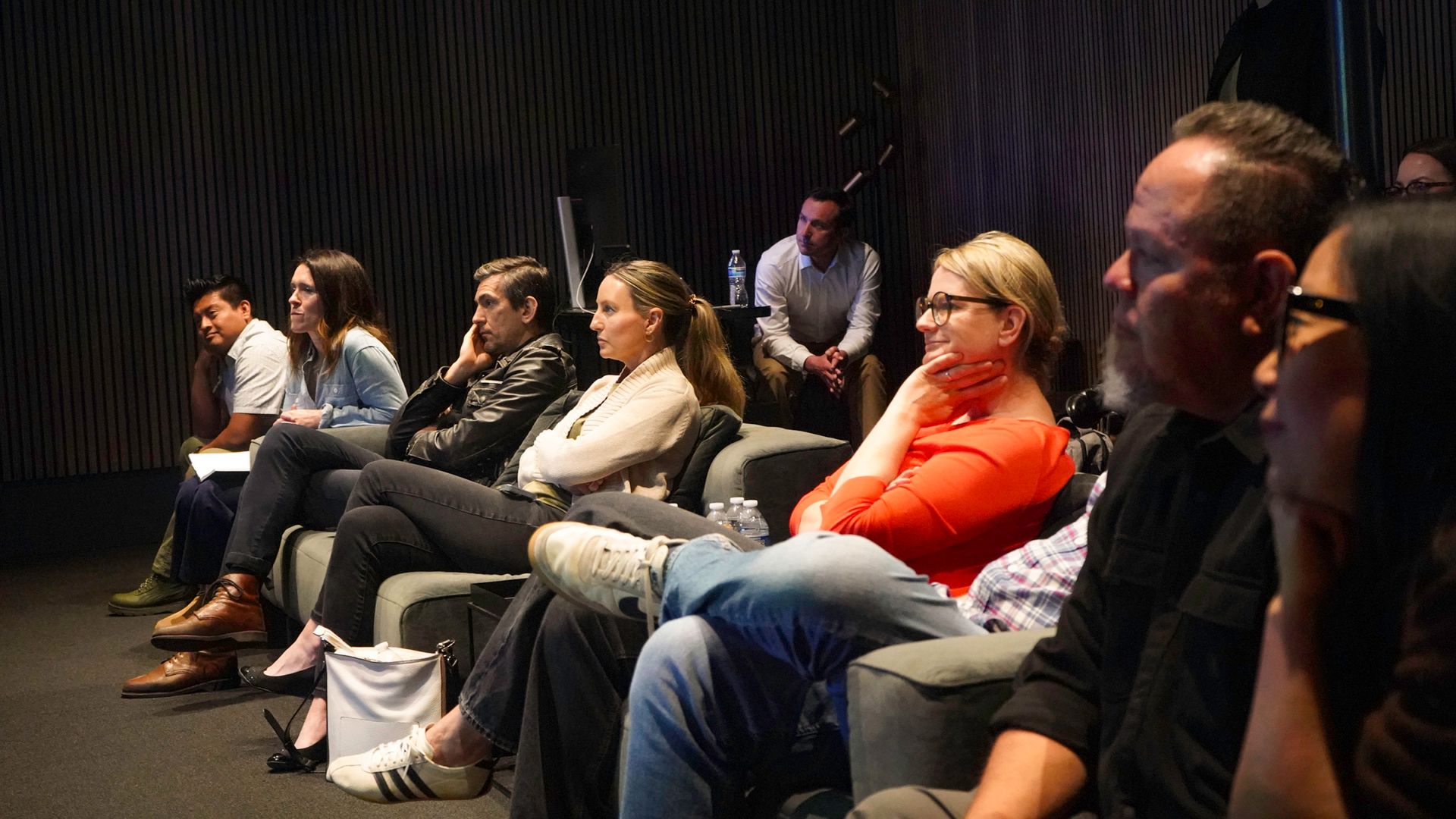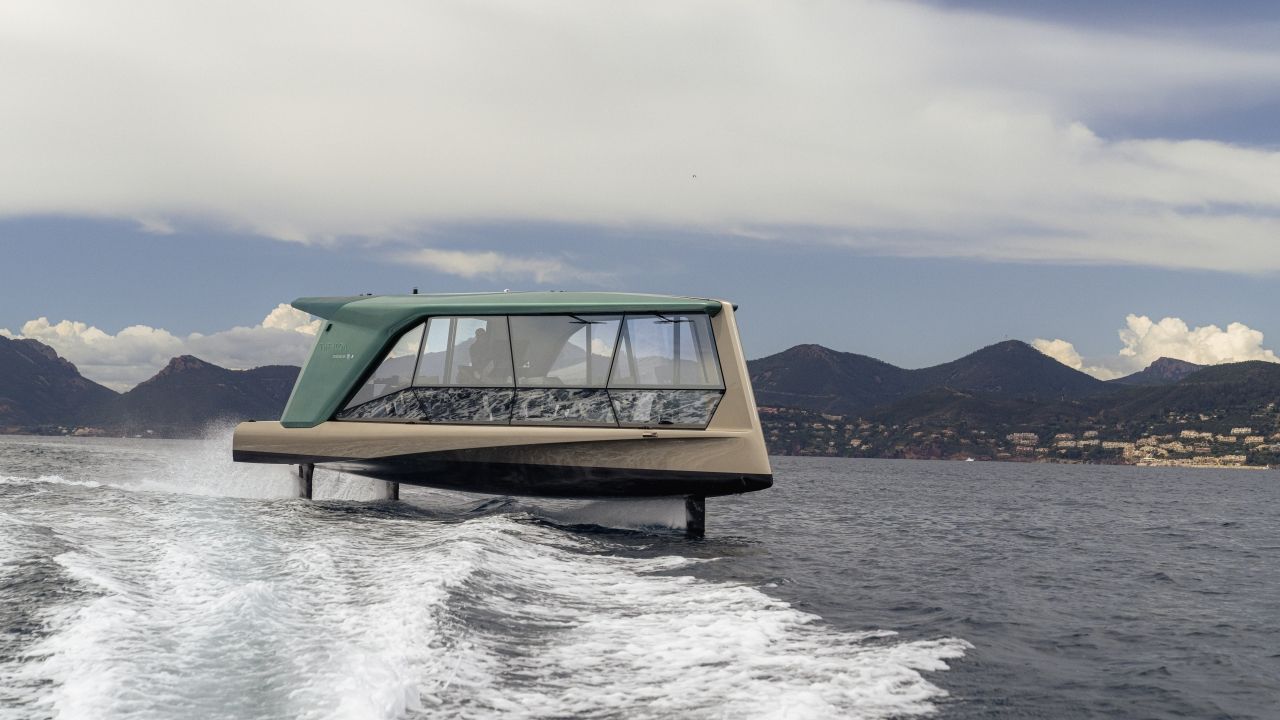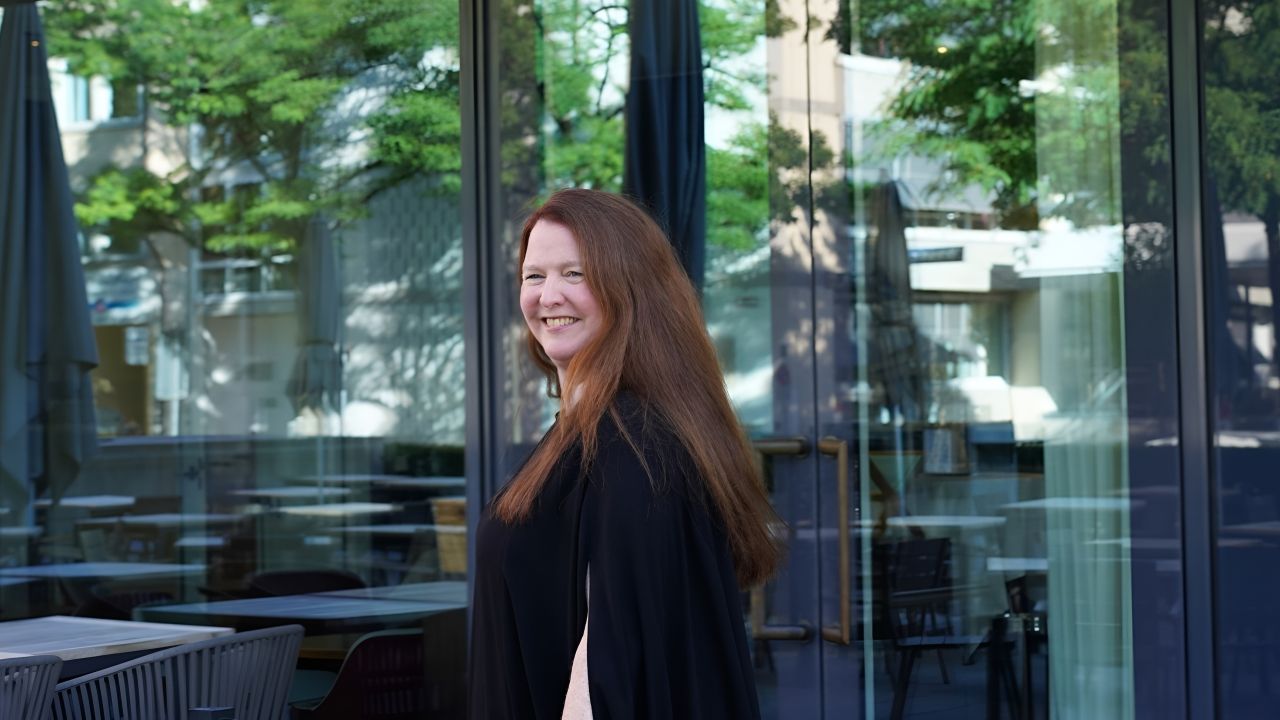Right Here, Right Now: Shaping the Future of Inclusive Mobility with Santa Monica College
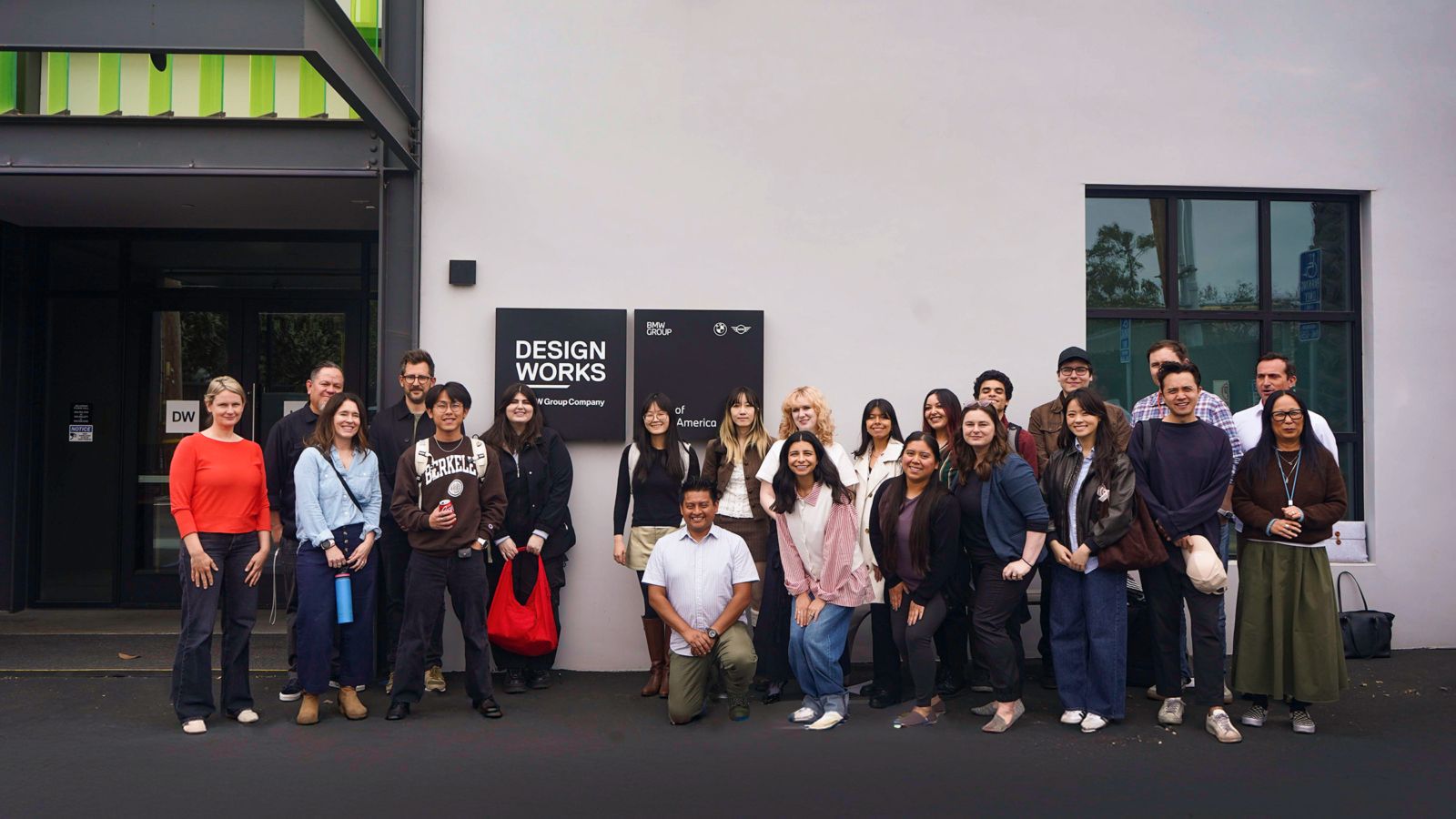
What a ride — in every sense. Over the past eight weeks, we had the chance to collaborate with the exceptionally talented interaction design students at Santa Monica College on a project that not only tested their creative boundaries but also expanded our own perspective. The brief was intentionally bold: design an intuitive, appealing on-demand autonomous mobility experience. From the very first session, it was clear — these students weren’t just ready for the future, they were already shaping it.
At Designworks, we’re always exploring how to make mobility more human, more inclusive, and more joyful. Working alongside this group of emerging designers — right here in our Santa Monica backyard — brought that mission to life in new and unexpected ways. Their concepts didn’t just meet expectations; they sparked meaningful conversations about what accessible mobility should feel like, for everyone from those who are differently-abled to kids and elders.
Yes, we shared our global experience in mobility design — but what we gained in return was just as valuable: bold thinking, fresh perspective, and a glimpse into the hopes and values of the next generation. What future are they imagining? What kind of world are they designing toward?
We didn’t come in to teach, but to collaborate. The energy was electric, the exchange was real, and we walked away reminded of why we do this work — and who we’re doing it for.
“The students didn’t just meet the challenge — they redefined it. Their empathy, imagination, and fearless thinking pushed us in the best way. I’ve never been prouder of a collaboration.” — Michael de Bono, Lead Strategist, Designworks
LET’S TAKE A LOOK AT THEIR INNOVATIVE DESIGN PITCHES:
WHEELIE
Empowering Independence for Elder Riders
Product Design Team: Ian Goldstein, Erick Olivares, Giorgio Tandera, Joey Sotelo
Wheelie is a service design concept that empowers elderly riders to rediscover their independence through AI-assisted mobility. The experience is tailored — with bespoke route planning, shared trip visibility for caregivers, and thoughtful features like large-font UIs and a “snooze” button that respects user autonomy.
“The pitch stood out not just for its clarity, but for how it used AI creatively to tell a human story. Their animated narrative brought the user journey to life in a way that felt both strategic and emotionally engaging — like something you’d expect from a seasoned design team.” — Designworks Team
“Designing for older adults is so often treated as an afterthought. What this team showed is that accessibility isn’t a niche — it’s a design multiplier. When we build for inclusion, everyone benefits.” — Julia de Bono, CEO, Designworks
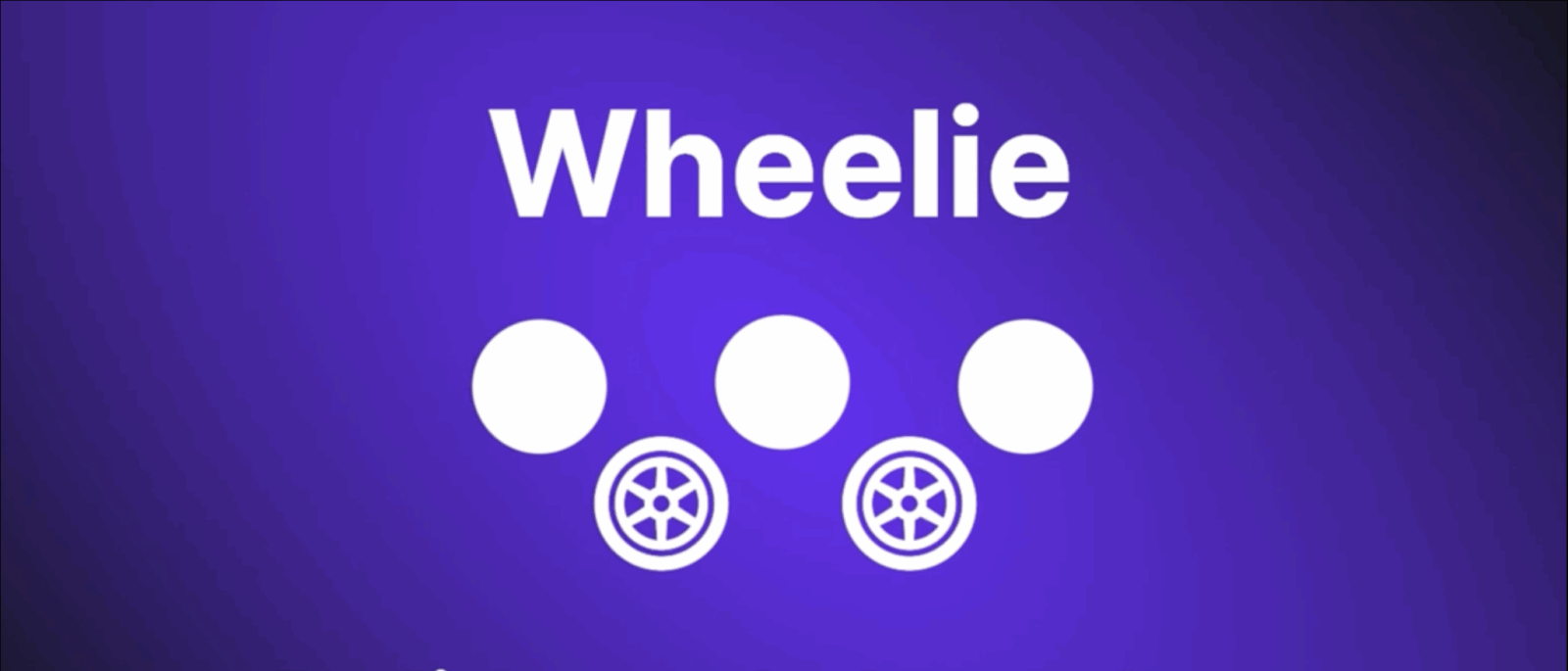
Echo
Designing for Deaf and Hard of Hearing Riders
Product Design Team: Carey Corrow, Ryn Rangel, Dani Torgusen, Isabel Bautista
Echo is a sensory-forward concept tailored for Deaf and Hard of Hearing (DHH) passengers. By integrating visual cues, haptic feedback, and synced captioning across a phone app and in-vehicle interface, it reimagines what communication and comfort can feel like in an autonomous ride. Leveraging off-the-shelf tech like Sony DualSense controllers, the team created a seamless, multi-modal experience — grounded in empathy and elevated by innovation.
“This team prototyped with true scrappiness and smarts — from massage guns to foam core and Christmas lights. But behind the DIY was real vision: a richer, more immersive experience than anything currently on the market.” — Designworks Mentor Team
“Taking one sense away doesn’t limit design — it expands it. Echo shows how designing for difference leads to more immersive, inclusive futures.” — Paul Ferraiolo, Director of Strategy, Designworks
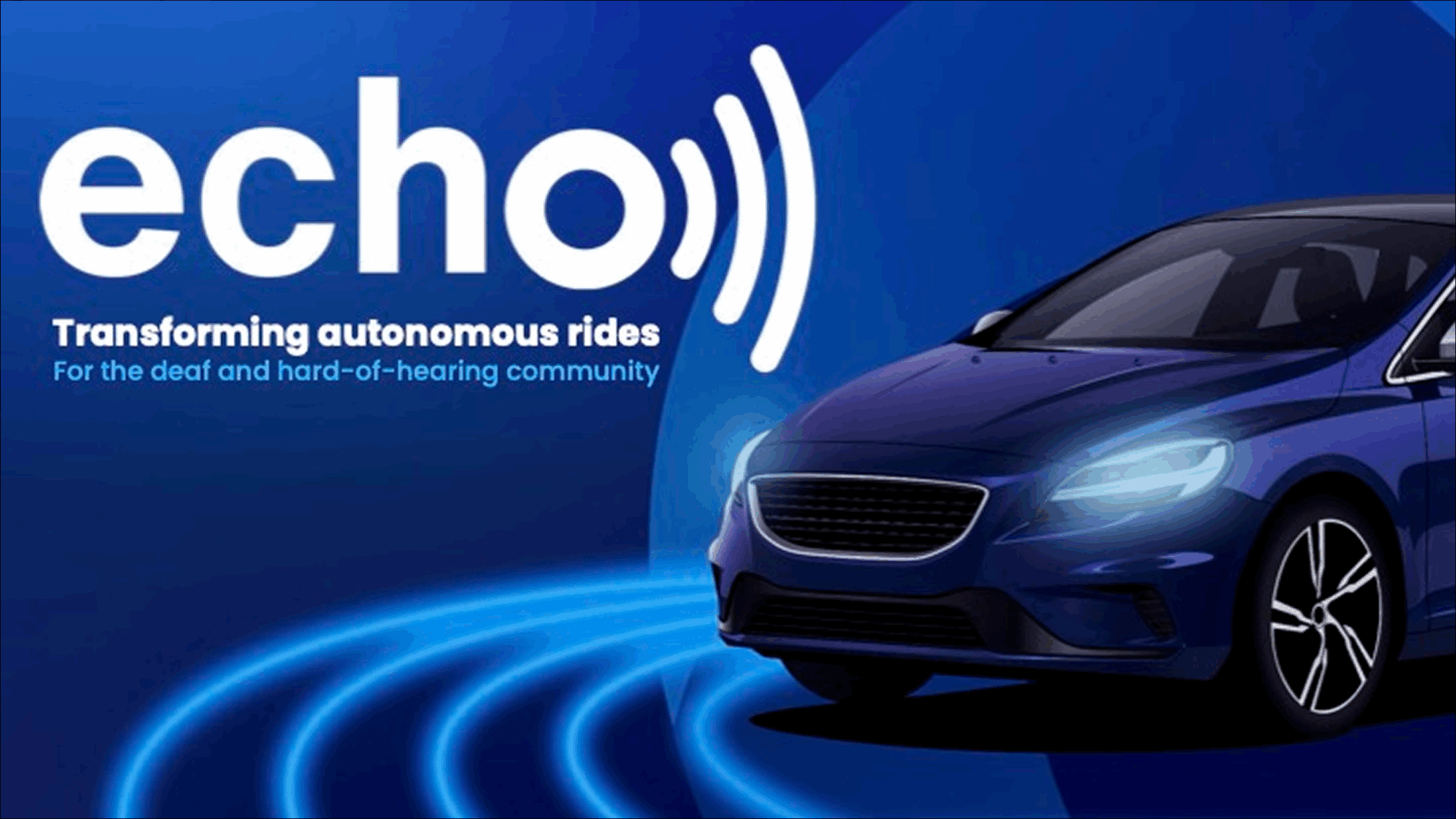
Gozo
Bringing Joy, Connection, and Play to Everyday Mobility
Product Design Team: Arthur Jensen, Birgess Weston, Celia Choi and Lois Kim
Gozo reimagines the autonomous commute as a moment for meaningful connection. Designed for families, friends, or even strangers sharing a ride, it uses geolocation, AR, and AI to spark spontaneous, educational games and activities — turning passive travel time into shared experience and memory-making. It’s a delightful blend of play and purpose, grounded in empathy and designed to build bonds.
“This team pushed the boundaries of what a robotaxi could be — not just a way to get from A to B, but a shared space for connection. The concept felt new, human, and full of heart.”
— Designworks Mentor Team
“It’s human-centric to its core. Gozo turns the vehicle into a space of joy, play, and togetherness — exactly the kind of future we want to design for.”
— Matt Potter, Director of Interaction Design, Designworks
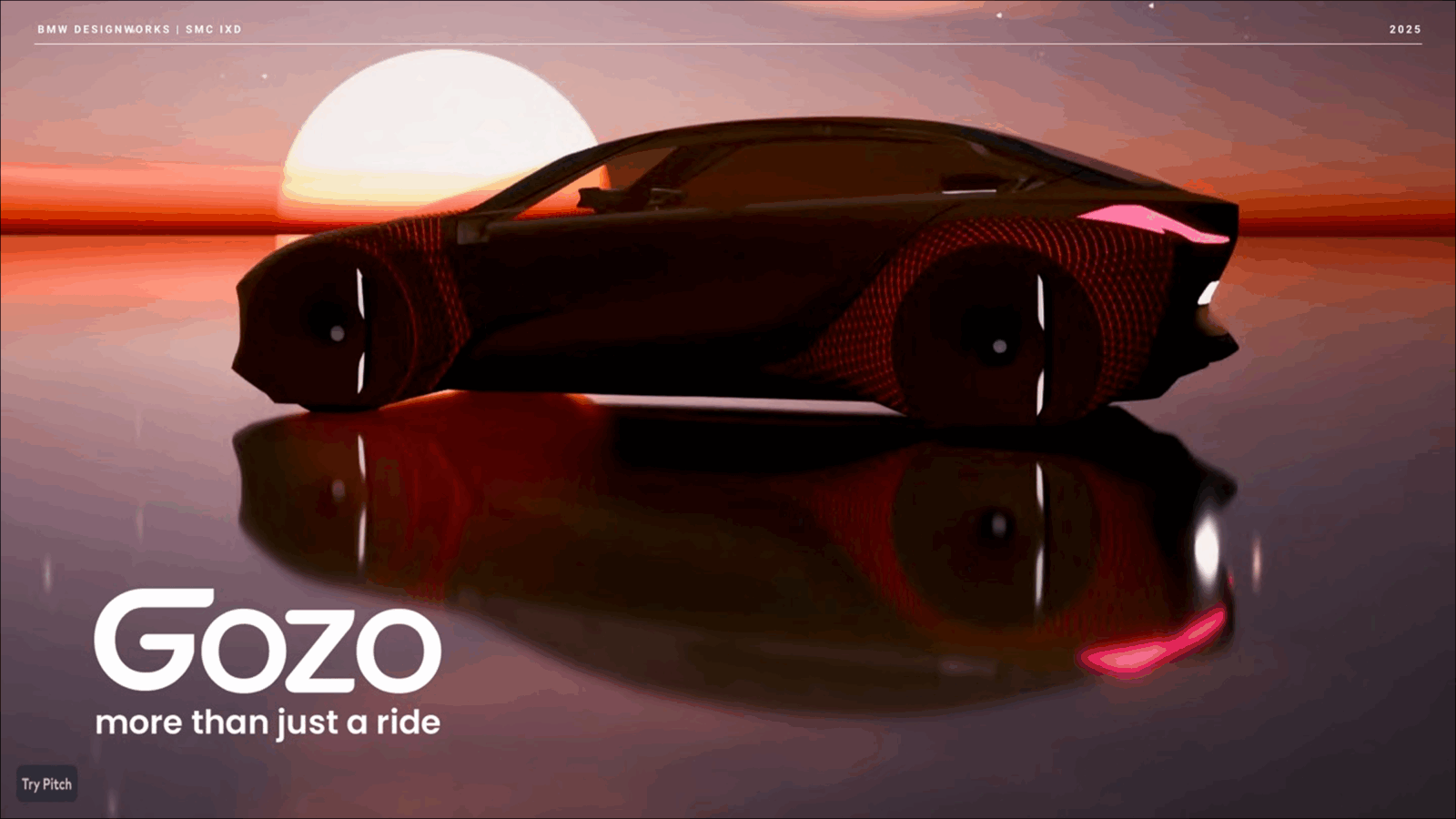
BUNI
An AI-Driven Companion That Rethinks the Ride
Product Design Team: Antonio Renoj, Alison Parrales, Darren Lau, Anna Gigliotti, Angel Tolentino
BUNI flips the script on mobility interaction. It’s an app-less, voice-first ride service built on trust, adaptability, and personality. With a simple phone call, a car arrives — no screens, no downloads, no fuss. The vehicle itself becomes the interface, transforming into a conversational companion that adapts to each rider’s needs. BUNI isn’t just a service — it’s a friendly, intelligent presence that redefines what a “smart ride” can feel like.
“They brought warmth and personality into the work from start to finish. If a VC handed them $100k tomorrow, they’d have a working startup in weeks. That’s the level of clarity and charisma they brought to the concept.”
— Designworks Mentor Team
“This is what happens when you design from a place of empathy, curiosity, and bold thinking. BUNI is proof that trust and tech don’t have to be at odds — they can ride together.”
— Julia de Bono, CEO, Designworks
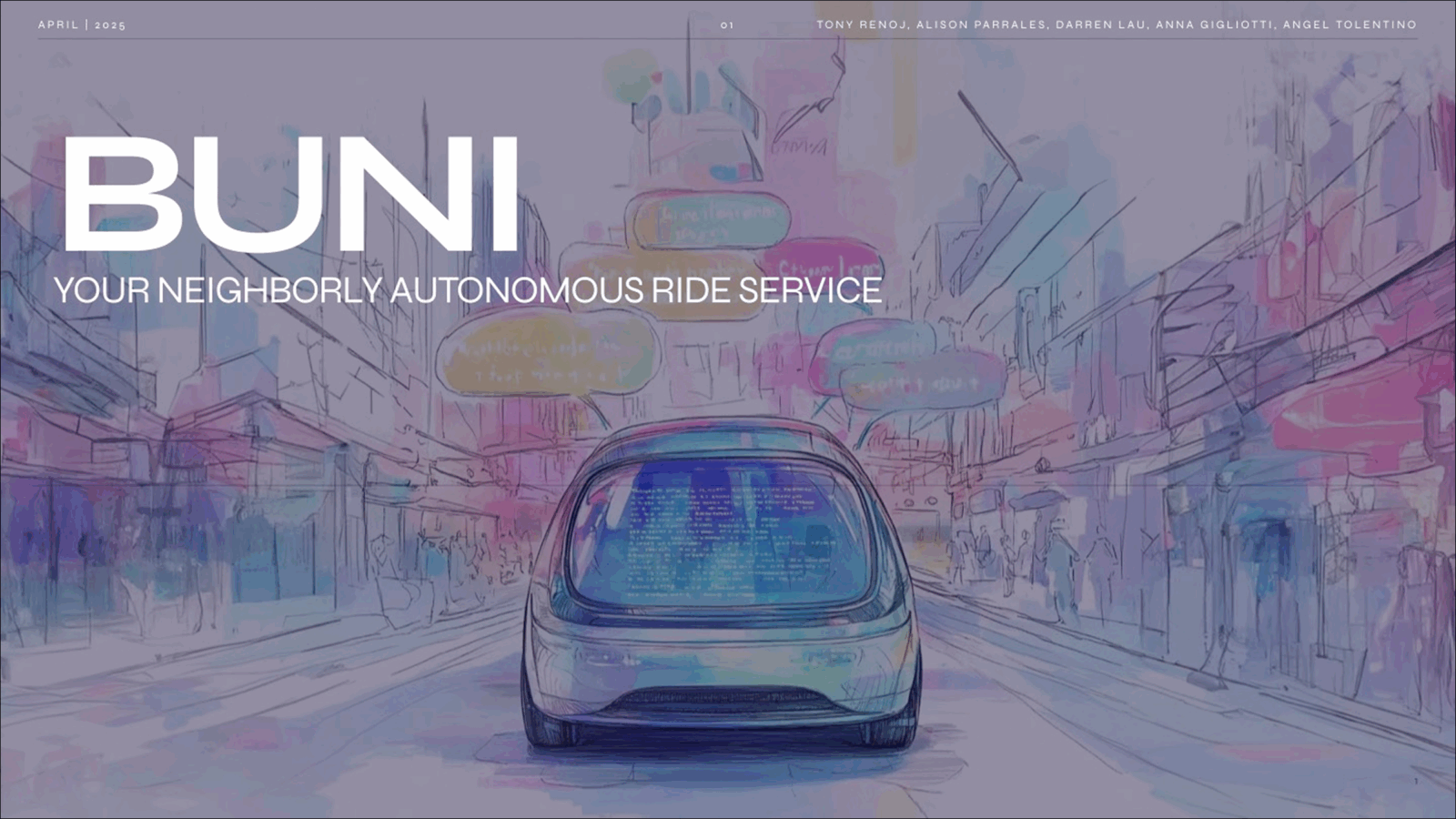
Wrapping It Up
We’re so proud of this remarkably thoughtful group of future-shapers. Collaborating with students this talented, curious, and courageous is exactly the kind of work that energizes us — and reminds us why we design.
🚀 Here’s to the next generation of mobility thinkers — we hope to see (and work with!) you again soon.
